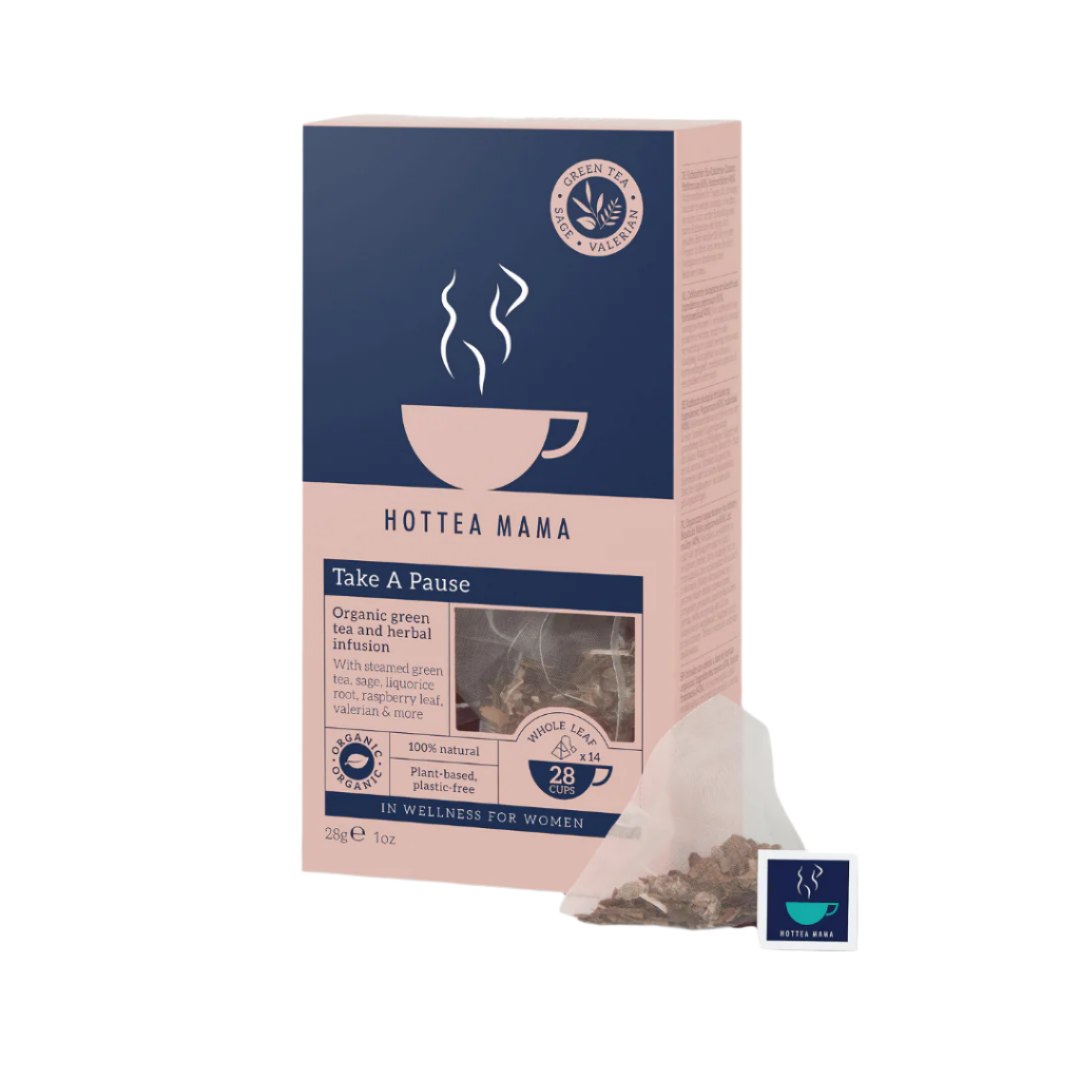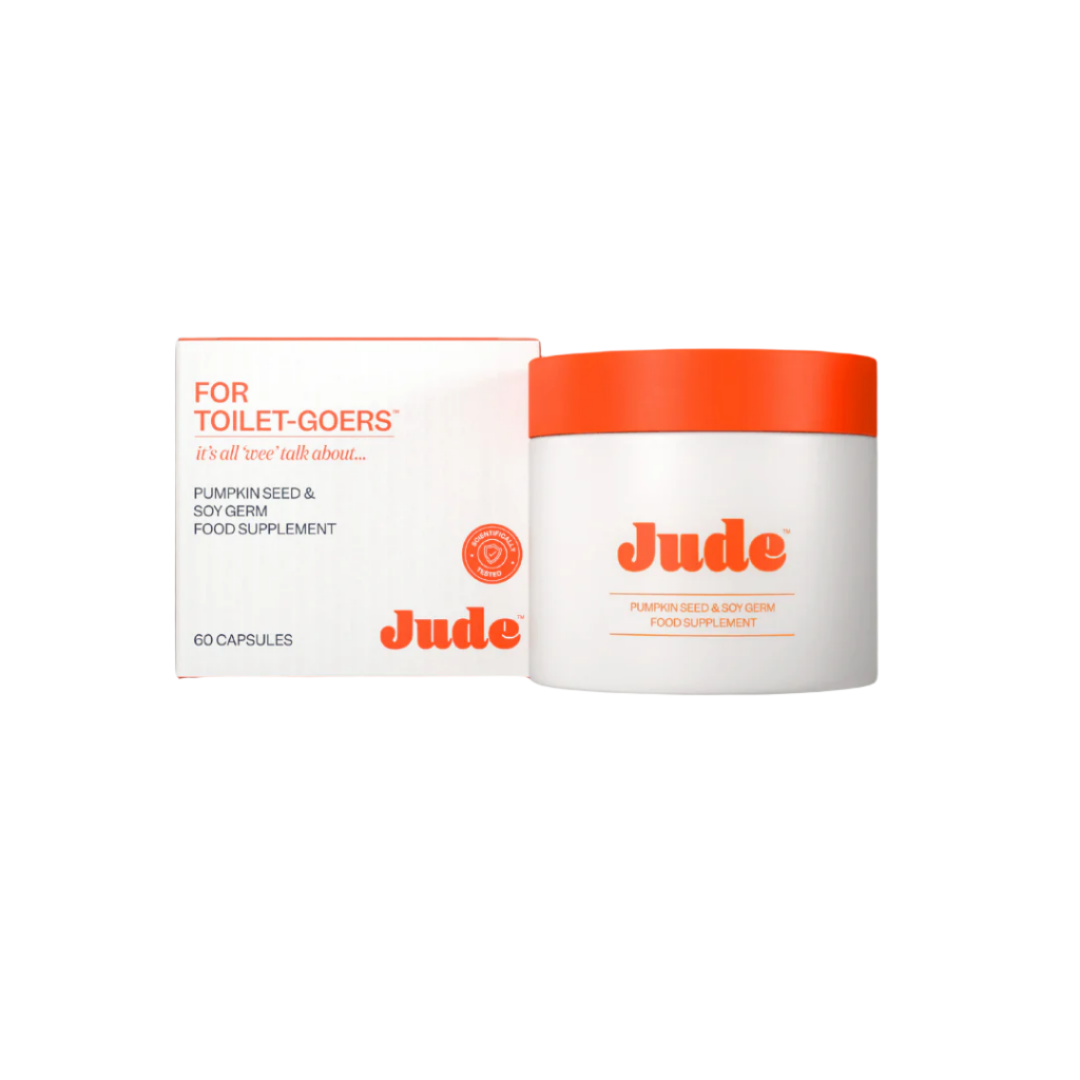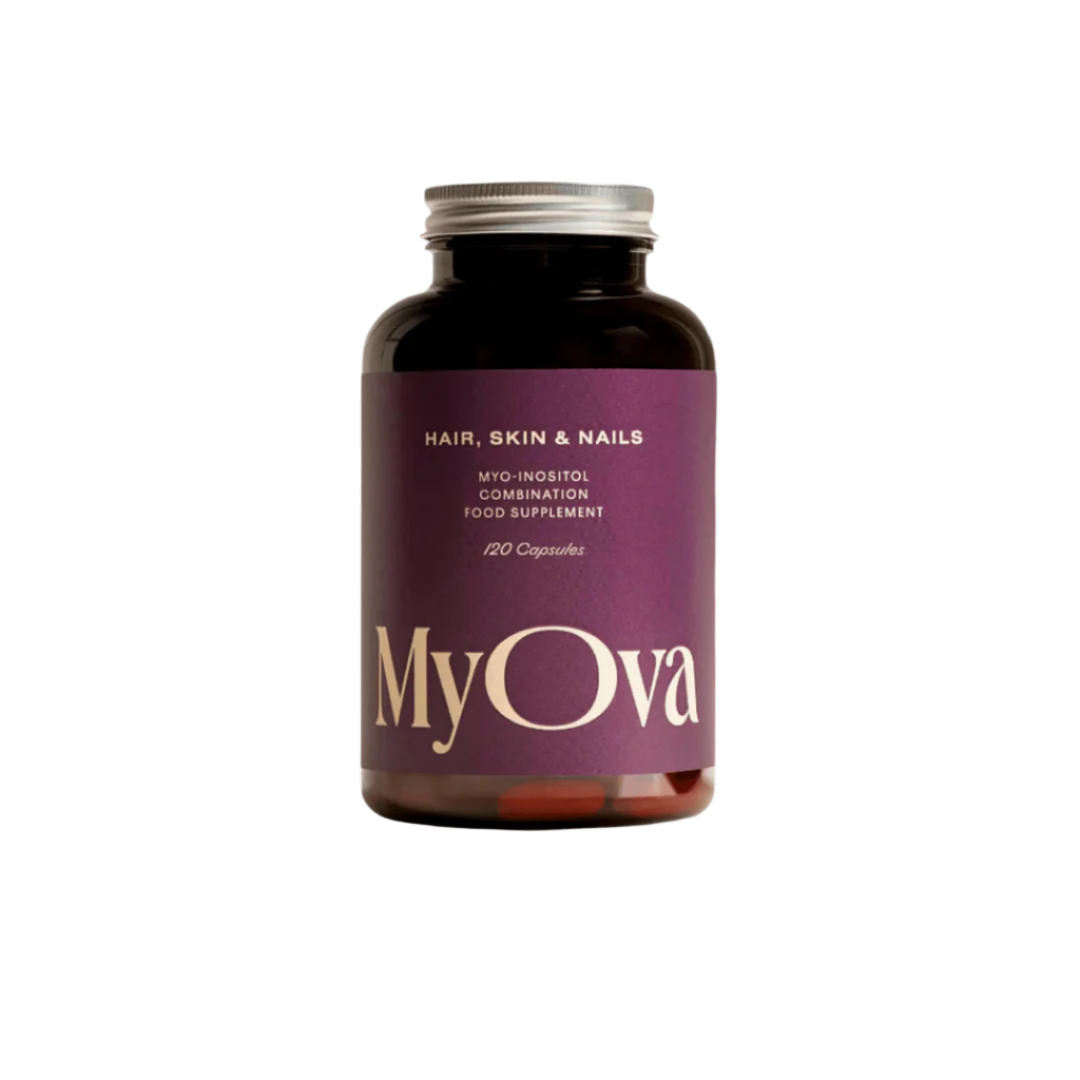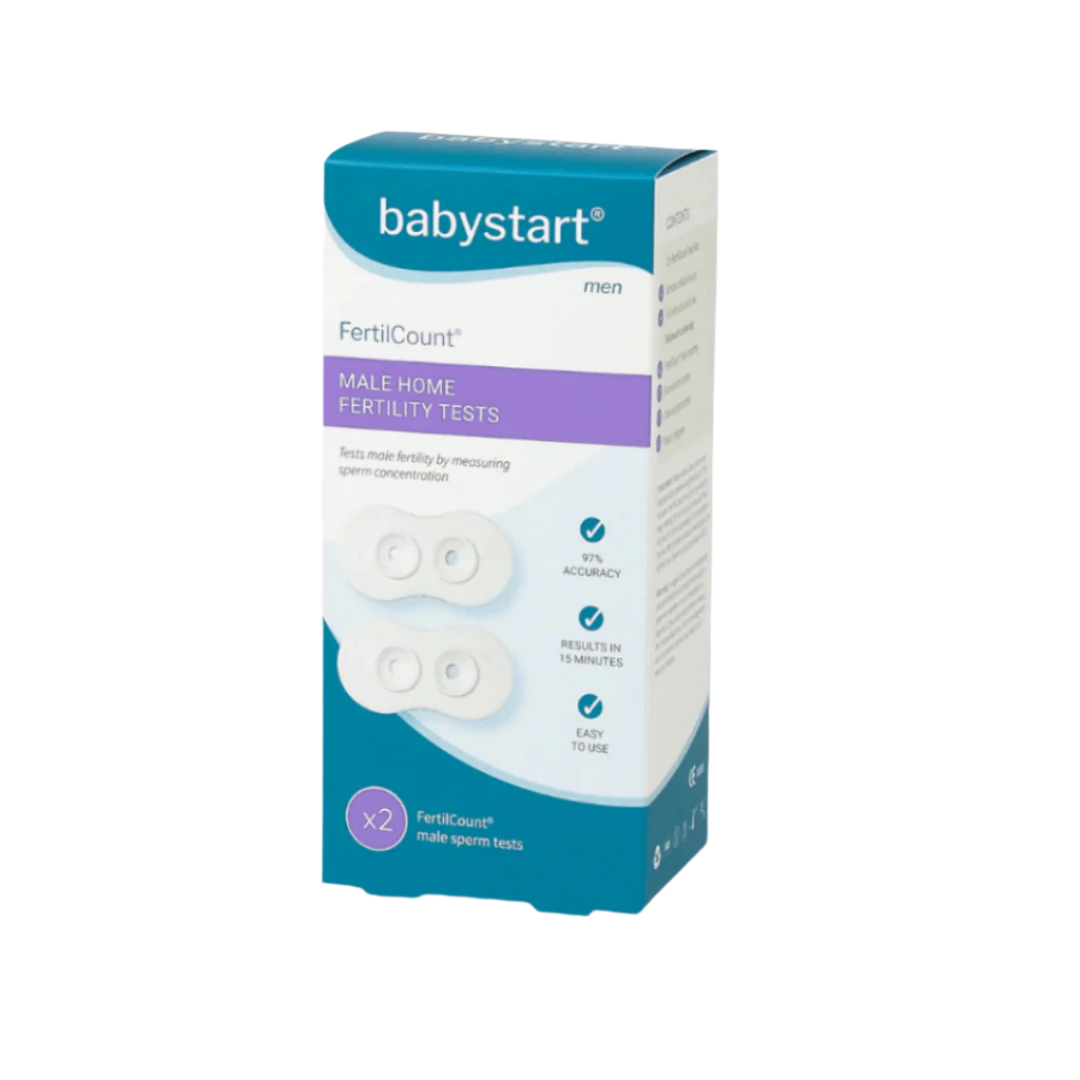Adenomyosis is a lesser-known but equally challenging condition that affects many women, often going undiagnosed for years. It can cause heavy, painful periods, bloating, and discomfort that significantly impact daily life. But what exactly is adenomyosis, how does it differ from endometriosis, and what can you do to manage the pain—including the role of nutrition in symptom relief? Let’s break it down.
What Is Adenomyosis?
Adenomyosis occurs when the tissue that normally lines the uterus (endometrial tissue) grows into the muscular wall of the uterus. Each month, this misplaced tissue thickens, breaks down, and bleeds just like the uterine lining—but because it's trapped within the muscle, it causes inflammation, swelling, and pain.
Common Symptoms of Adenomyosis
🔹 Heavy, prolonged periods – You might experience severe bleeding that lasts longer than usual.
🔹 Intense cramping and pelvic pain – The pain can be deep, aching, and sometimes constant.
🔹 Bloating ("adenobelly") – Many women report a swollen, tender abdomen, especially before or during their period.
🔹 Painful sex (dyspareunia) – Intercourse may be uncomfortable due to increased uterine sensitivity.
🔹 Pressure on the bladder or rectum – This can cause frequent urination or bowel discomfort.
Adenomyosis vs. Endometriosis: What’s the Difference?
Adenomyosis and endometriosis are often confused, as both involve endometrial-like tissue growing outside its usual place. However, they affect the body differently:
| Feature | Adenomyosis | Endometriosis |
|---|---|---|
| Where it grows | Within the muscle of the uterus | Outside the uterus (e.g., ovaries, fallopian tubes, bowel) |
| Main symptom | Heavy periods, deep pelvic pain | Pain throughout the cycle, infertility |
| Diagnosis | Often diagnosed via ultrasound or MRI | Usually diagnosed through laparoscopy |
| Common in | Women over 30, often after childbirth | Women of reproductive age, often starting in teens |
| Treatment | Symptom management, hormonal therapy, hysterectomy (in severe cases) | Hormonal therapy, surgery (laparoscopy, excision) |
While both conditions can co-exist, they require different treatment approaches. If you suspect you have adenomyosis, a proper diagnosis is key to managing your symptoms effectively.
The Role of Nutrition in Managing Adenomyosis Symptoms
Diet plays a huge role in reducing inflammation, balancing hormones, and easing adenomyosis-related pain. While no single diet can "cure" adenomyosis, making the right food choices can help improve symptoms.
Foods That Help
🥦 Anti-Inflammatory Foods – Leafy greens, berries, turmeric, and oily fish (like salmon) can help reduce inflammation.
🥑 Healthy Fats – Avocados, nuts, seeds, and olive oil support hormone balance.
🥩 Iron-Rich Foods – If heavy periods leave you feeling drained, load up on iron-rich foods like red meat, lentils, and spinach to prevent anaemia.
🍊 Vitamin C – Helps the body absorb iron and supports the immune system. Found in citrus fruits, bell peppers, and strawberries.
🫘 Fibre-Rich Foods – Whole grains, legumes, and vegetables support gut health and help your body eliminate excess oestrogen, which may play a role in adenomyosis.
Foods to Reduce or Avoid
❌ Ultra-Processed Foods – Sugary snacks, fast food, and refined carbs can increase inflammation.
❌ Dairy & Red Meat (in excess) – Some studies suggest they may contribute to higher oestrogen levels, which could worsen symptoms for some women.
❌ Caffeine & Alcohol – These can trigger inflammation and worsen bloating or cramping.
Other Ways to Manage Adenomyosis Symptoms
Beyond nutrition, there are other ways to help manage adenomyosis pain and discomfort:
💊 Hormonal Treatments – Birth control pills, hormonal IUDs, and progesterone therapy can help reduce bleeding and pain.
🛀 Heat Therapy – A hot water bottle or warm bath can soothe cramping and pelvic pain.
🧘 Exercise & Movement – Gentle activities like yoga, Pilates, and walking can improve circulation and ease muscle tension.
🫂 Pelvic Physiotherapy – Helps strengthen and relax pelvic muscles, reducing pain.
🌿 Supplements – Magnesium can help with muscle relaxation, and omega-3s may reduce inflammation. Always check with a healthcare professional before adding supplements.
🏥 Surgical Options – In severe cases, a hysterectomy (removal of the uterus) may be recommended if other treatments fail.
Final Thoughts
Adenomyosis is often misunderstood, but with the right approach, symptoms can be managed. Whether through dietary changes, lifestyle adjustments, or medical interventions, finding what works for your body is key. If you're struggling with heavy periods, chronic pain, or bloating, don’t ignore your symptoms—advocate for yourself and seek medical advice.
Have you found any tips or treatments that help with adenomyosis? Let’s keep the conversation going— join us at @femmehealthstore to share your story! 💜









